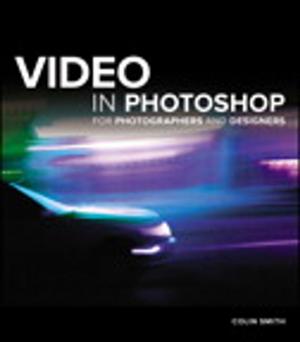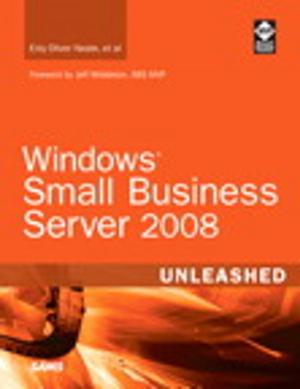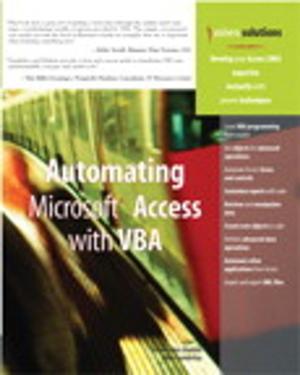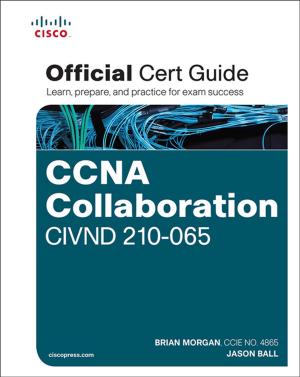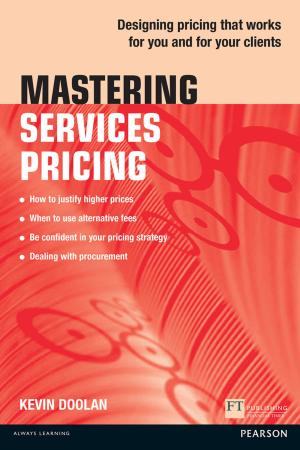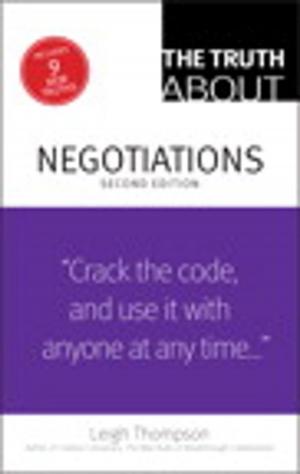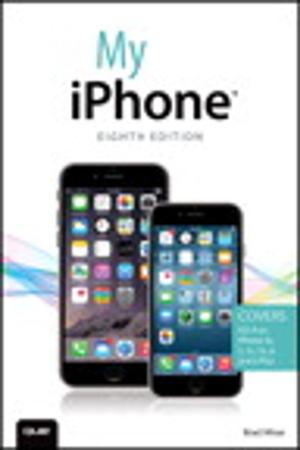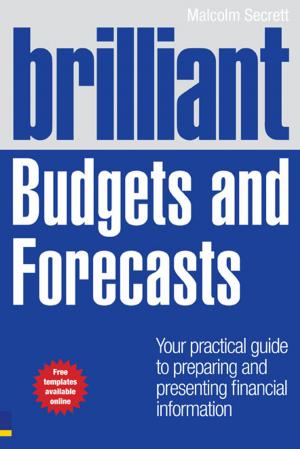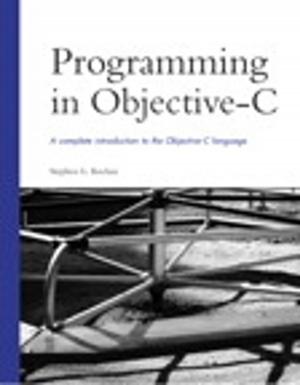Learning Objective-C 2.0
A Hands-on Guide to Objective-C for Mac and iOS Developers
Nonfiction, Computers, Macintosh, Programming| Author: | Robert Clair | ISBN: | 9780133047387 |
| Publisher: | Pearson Education | Publication: | November 14, 2012 |
| Imprint: | Addison-Wesley Professional | Language: | English |
| Author: | Robert Clair |
| ISBN: | 9780133047387 |
| Publisher: | Pearson Education |
| Publication: | November 14, 2012 |
| Imprint: | Addison-Wesley Professional |
| Language: | English |
Get Started Fast with Objective-C 2.0 Programming for OS X Mountain Lion, iOS 5.1, and Beyond
Fully updated for Xcode 4.4, Learning Objective-C 2.0, Second Edition, is today’s most useful beginner’s guide to Objective-C 2.0. One step at a time, it will help you master the newest version of Objective-C 2.0 and start writing high-quality programs for OS X 10.8 Mountain Lion, iOS 5.1, and all of Apple’s newest computers and devices.
Top OS X and iOS developer Robert Clair first reviews the essential object and C concepts that every Objective-C 2.0 developer needs to know. Next, he introduces the basics of the Objective-C 2.0 language itself, walking through code examples one line at a time and explaining what’s happening behind the scenes.
This revised edition thoroughly introduces Apple’s new Automated Reference Counting (ARC), while also teaching conventional memory-management techniques that remain indispensable. Carefully building on what you’ve already learned, Clair progresses to increasingly sophisticated techniques in areas ranging from frameworks to security. Every topic has been carefully chosen for its value in real-world, day-to-day programming, and many topics are supported by hands-on practice exercises.
Coverage includes
· Reviewing key C techniques and concepts, from program structure and formats to variables and scope
· Understanding how objects and classes are applied in Objective-C 2.0
· Writing your first Objective-C program with Xcode 4.4
· Using messaging to efficiently perform tasks with objects
· Getting started with Apple’s powerful frameworks and foundation classes
· Using Objective-C control structures, including Fast Enumeration and exception handling
· Adding methods to classes without subclassing
· Using declared properties to save time and simplify your code
· Mastering ARC and conventional memory management, and knowing when to use each
· Using Blocks to prepare for concurrency with Apple’s Grand Central Dispatch
· Leveraging Xcode 4.4 improvements to enums and @implementation
Get Started Fast with Objective-C 2.0 Programming for OS X Mountain Lion, iOS 5.1, and Beyond
Fully updated for Xcode 4.4, Learning Objective-C 2.0, Second Edition, is today’s most useful beginner’s guide to Objective-C 2.0. One step at a time, it will help you master the newest version of Objective-C 2.0 and start writing high-quality programs for OS X 10.8 Mountain Lion, iOS 5.1, and all of Apple’s newest computers and devices.
Top OS X and iOS developer Robert Clair first reviews the essential object and C concepts that every Objective-C 2.0 developer needs to know. Next, he introduces the basics of the Objective-C 2.0 language itself, walking through code examples one line at a time and explaining what’s happening behind the scenes.
This revised edition thoroughly introduces Apple’s new Automated Reference Counting (ARC), while also teaching conventional memory-management techniques that remain indispensable. Carefully building on what you’ve already learned, Clair progresses to increasingly sophisticated techniques in areas ranging from frameworks to security. Every topic has been carefully chosen for its value in real-world, day-to-day programming, and many topics are supported by hands-on practice exercises.
Coverage includes
· Reviewing key C techniques and concepts, from program structure and formats to variables and scope
· Understanding how objects and classes are applied in Objective-C 2.0
· Writing your first Objective-C program with Xcode 4.4
· Using messaging to efficiently perform tasks with objects
· Getting started with Apple’s powerful frameworks and foundation classes
· Using Objective-C control structures, including Fast Enumeration and exception handling
· Adding methods to classes without subclassing
· Using declared properties to save time and simplify your code
· Mastering ARC and conventional memory management, and knowing when to use each
· Using Blocks to prepare for concurrency with Apple’s Grand Central Dispatch
· Leveraging Xcode 4.4 improvements to enums and @implementation


